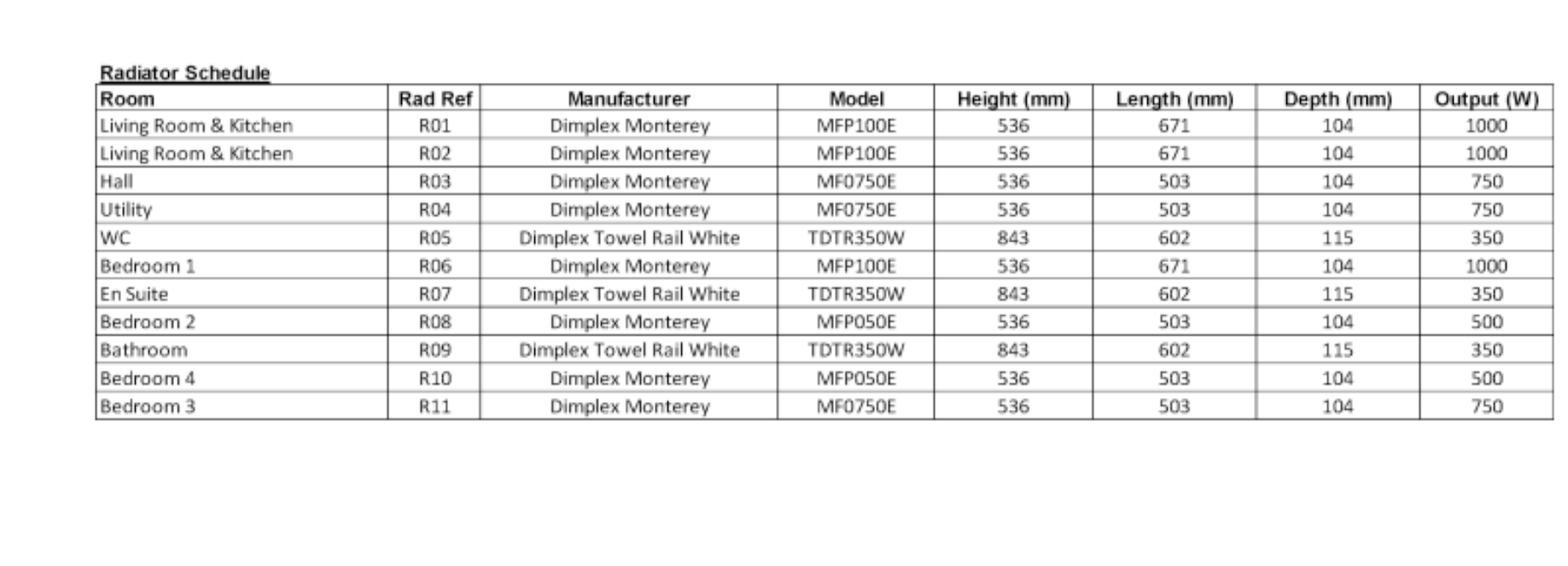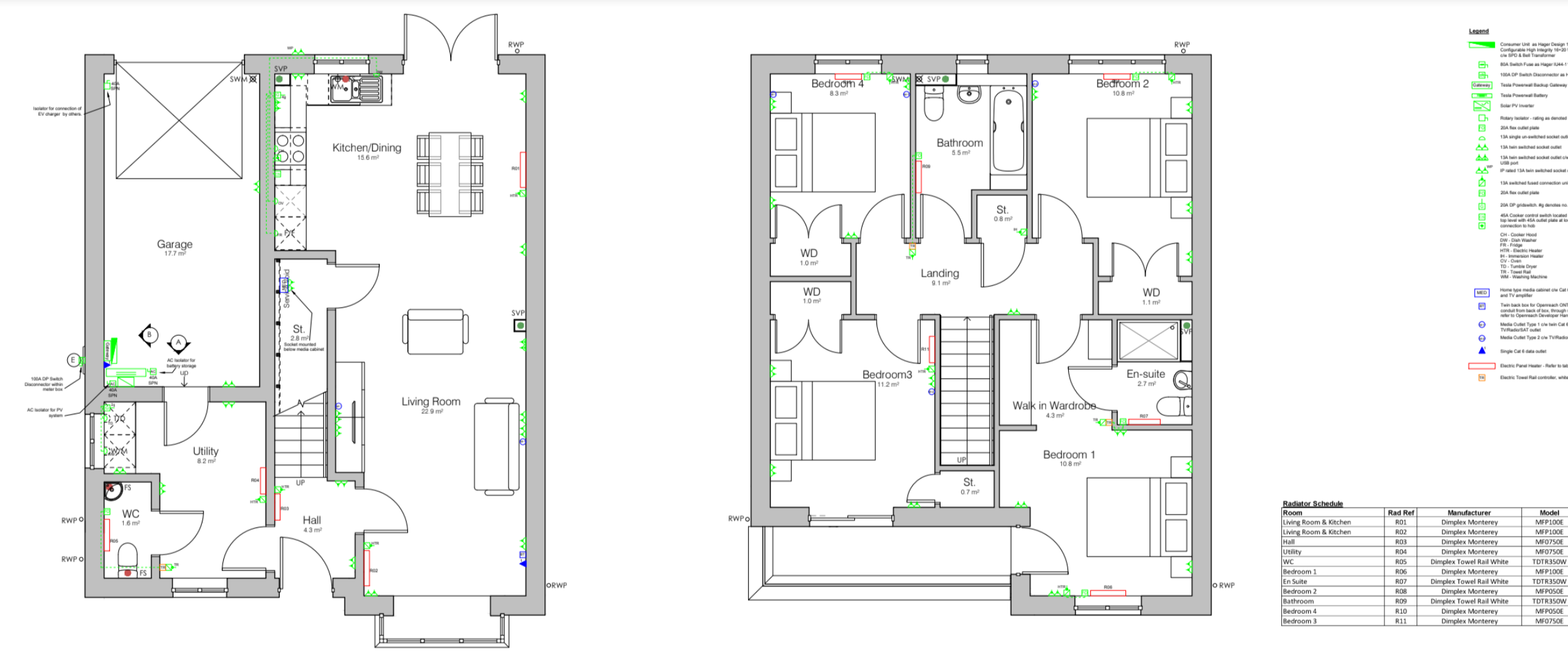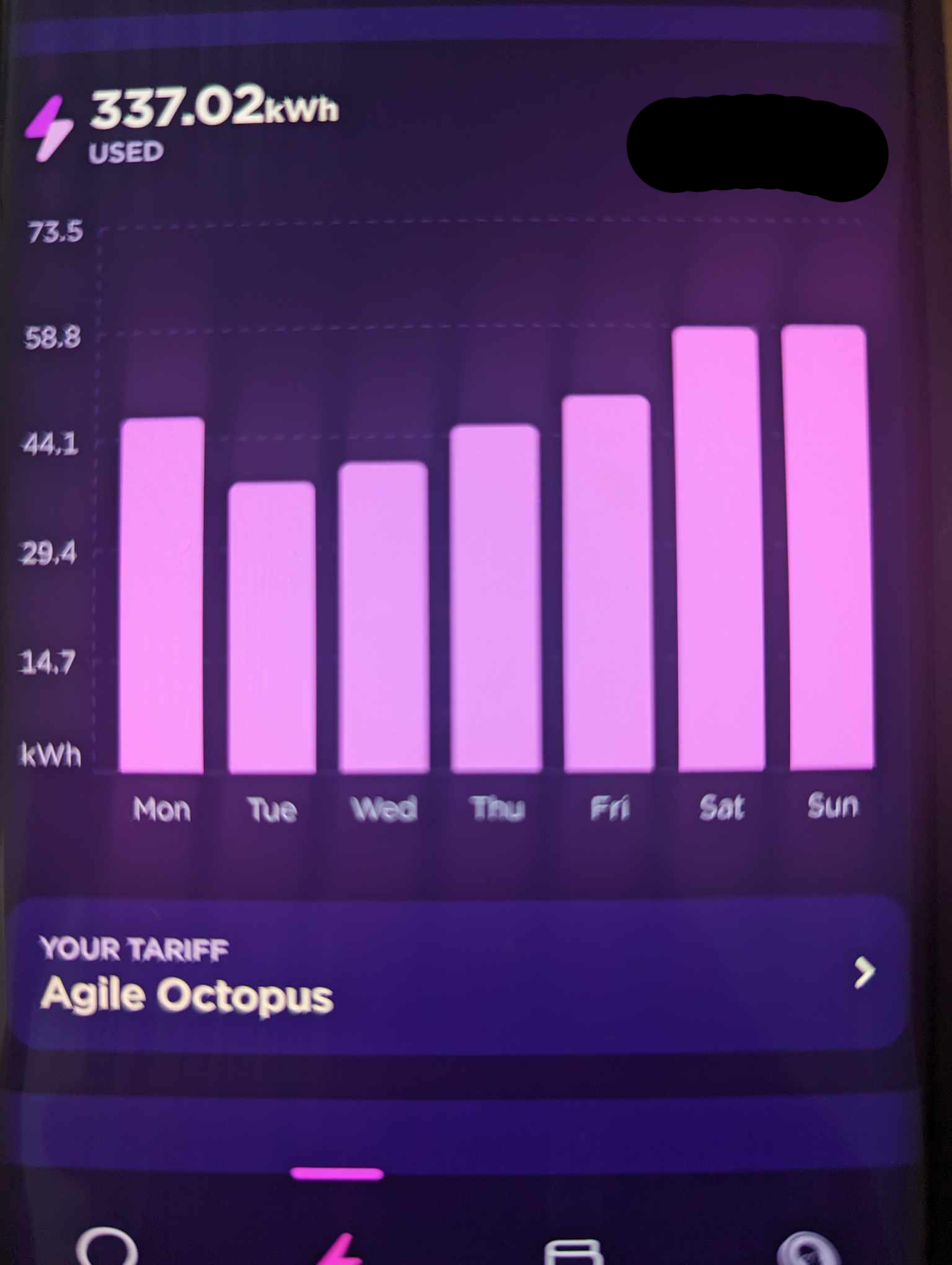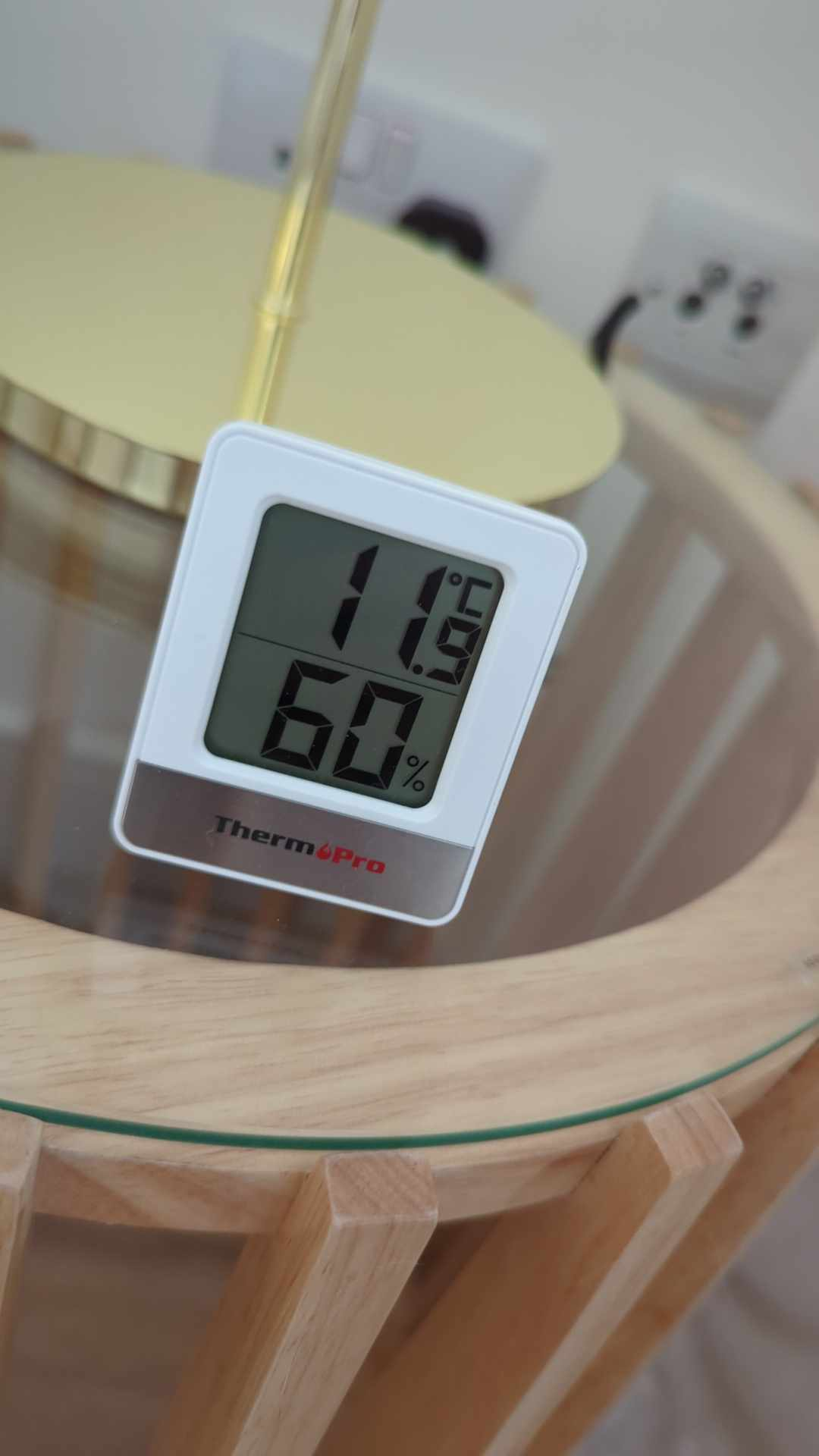We’d like to remind Forumites to please avoid political debate on the Forum.
This is to keep it a safe and useful space for MoneySaving discussions. Threads that are – or become – political in nature may be removed in line with the Forum’s rules. Thank you for your understanding.
Electric Heaters in new build home and lack of insulation
Comments
-
My old house, built in the late 1960s had an integral garage and we slept in a bedroom above the garage but there was no insulation between the roof of the garage and the bedroom floor. I hope they don't still make that sort of mistake.Reed0
-
Folks, @Panda126 just reading this thread for the first time and a thought has occurred to me, leading to a question for you @Panda126...I'm wondering how you're checking and/or measuring the amount of energy needed to heat the house? Is it possible that what is wrong is that either you're misunderstanding your meter readings or there is something wrong with the meter? Please accept my apology in advance if it sounds like I'm insulting your intelligence, that's not my intention at all. It's just that you seem to be using an inordinate amount of energy for heating even if it was an older poorly insulated house. I'm just wondering if the insulation etc. isn't as bad as it seems and that somehow the meter readings are "fooling you" into thinking that you're using more energy than you actually are?Just a thought - might be an avenue to explore?2
-
Hi again - another thought whilst it's in my mind. Although it's possible there's something wrong with the construction of the house, it seems a bit unlikely to me as my experience of building inspectors is that they tend to be fairly on the ball when it comes to the basics.So another possible avenue to explore....If I go away on holiday, come home and heat the house to say 20C and turn the heaters off the temperature quickly falls, so it takes a lot of energy to get the house properly warm. However, once I've kept the temperature up for a few days it falls much more slowly when I turn the heaters off and takes less energy to keep it warm. The point is that when you first heat up the cold house you're heating the floors, walls, furniture, etc. which are much slower to heat up and cool down than the air you're measuring the temperature of. Once everything is up to temperature all you're doing is replacing lost heat which needs less energy than getting everything up to temperature in the first place.So is it possible that you've never actually got to the stage where the house is properly warm, and what you're actually measuring is that first phase of expensive getting everything warm in the first place, rather than the ongoing requirement?Again, I may be wide of the mark here, just trying to think of other reasons your bills may be so high....3
-
Are you calling it a Passivhaus (sp?) because the EPC is a A?
My bungalow is a B (91 points), but loses a lot of heat mainly through the slab of uninsulated concrete base it sits on, and the fact it's detached.
0 -
Of course you can..Panda126 said:
NoNetexporter said:Has the house got MVHR (mechanical ventilation and heat recovery)?
We can't have insulated curtains as we can't cover the radiators and most of them are by the windows 😞Hoenir said:Have you got well insulated curtains. They do make a considerable difference. With only 2 of you in a 4 bed house. How many of the rooms are you actively using? No point in excessively heating this space.
Yes I believe we do have a warranty however communication with our developers is very poor, we will try to make a complaint but I don't have high hopes and have no idea how to proof they did something wrong. It's a new developer and this was their first site. Is there anything specific I should focus on in the paperwork?QrizB said:
Id be checking my new build paperwork, getting the builders back and complaining to them. Do you have a new-build warranty?Panda126 said:We're worried the insulation wasn't done properly I don't know how it's possible for the temperature to drop so quickly
Just the same a wet radiators are mounted under windows. You can still fit insulated curtains. Just make sure the length does not cover the heater.Life in the slow lane2 -
Hi everyone,
Here’s the radiators models we have in the house.

And here’s where they are located:

This is our usage last week:

We left the heating on for a few hours at night (till 3am and achieved 19 degrees) at 3 am the radiators went off and we woke up around 8am and we had 14-15 degrees in the house.
The usage is without heating up the bathrooms, we don’t cook too much and we weren’t home all day on Wednesday and Friday (only used heating in the bedroom to not freeze at night)
And this is the temperature we have without heating all night


This is downstairs and upstairs so completely different rooms.
1 -
As has been previously mentioned, I suspect the thermal mass of the building is the key. If it is traditional timber frame, with the insulation in the inner leaf of the walls, it would heat up quite rapidly. If it is constructed with masonry inner leaf with external insulation, then there is a lot of thermal mass to fill with heat before you "feel the benefit". However, the latter type of construction is very good for passive temperature regulation, keeping you cooler in summer and storing a reserve of heat in winter.
As you are on Agile, I think I would put the heating on all day, for a week, except in the evening peak (16:00 to 19:00) when prices are very high, and see what happens. And keep your fingers crossed the wind is blowing and keeping half-hourly prices low!
In short, you really need to find out the construction method of the house to determine how best to proceed.0 -
How do you know the concrete base is not insulated? We have the beam and block base and from our research we understand it should be insulated, however we suspect there's no insulation at all as the floors are getting very cold and we know people from our site who had to have carpets even in the kitchen downstairs as they have 99.99% moisture in the floors which is constantly increasing instead of dropping. Also other houses have the same problems as us with the house not keeping the heat.vic_sf49 said:Are you calling it a Passivhaus (sp?) because the EPC is a A?
My bungalow is a B (91 points), but loses a lot of heat mainly through the slab of uninsulated concrete base it sits on, and the fact it's detached.0 -
Around 97 sqm, not as large as i thought, What is your summer daily usage, So we can see how much is used only on heating.0
-
How do you know the concrete base is not insulated?
It wasn't required by Building Regulations, until relatively recently. My late 1980s bungalow has an uninsulated slab, although it does have some "token" space-blanket insulation in the cavities, to bring them to a paltry 0.6 U-value.
0
Confirm your email address to Create Threads and Reply

Categories
- All Categories
- 352.8K Banking & Borrowing
- 253.9K Reduce Debt & Boost Income
- 454.7K Spending & Discounts
- 245.9K Work, Benefits & Business
- 602K Mortgages, Homes & Bills
- 177.8K Life & Family
- 259.8K Travel & Transport
- 1.5M Hobbies & Leisure
- 16K Discuss & Feedback
- 37.7K Read-Only Boards








